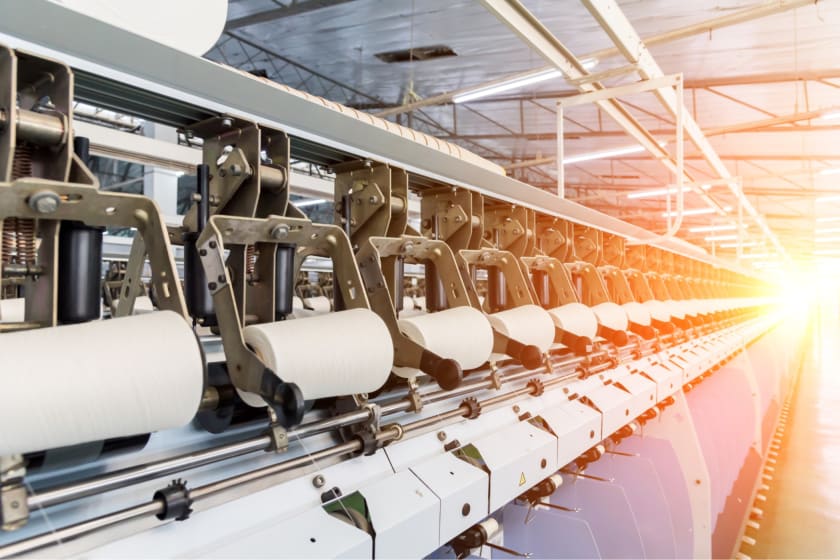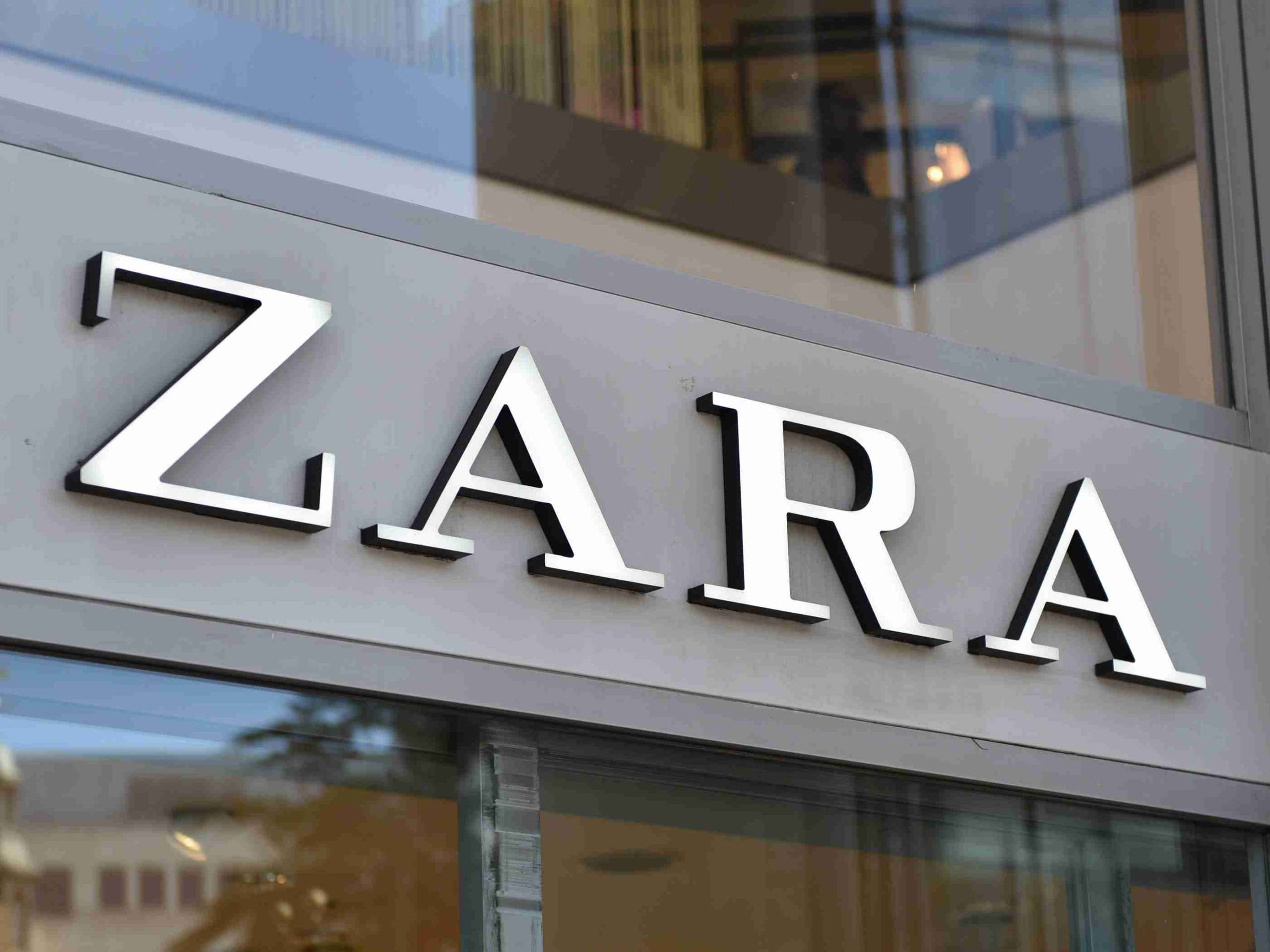Business Ecosystems: The Textile Industrial Chain and Pattern Analysis



James F. Moore, who came up with the concept of a business ecosystem, defined it as ''an economic community supported by a foundation of interacting organizations and individuals—the organisms of the business world.'' As per his definition, all the stakeholders involved in the entire supply chain, from production to the delivery of the finished product, are a part of the business ecosystem.
The goods and services produced for the customers include suppliers, advertising agencies, distributors, sales and marketing professionals, logistics partners, competitors, government agencies, among many others. All these factors take part in the business ecosystem.
To understand the supply chain of the textile industry, first, we need to understand how the industry evolved.
Birth and Growth of the Textile Industry across the Globe
Textile manufacturing started in Europe in the middle of the 18th century. In India, Bombay (now Mumbai) was the hub of textile manufacturing in the 1850s. Since cotton production happened in the Deccan plateau during the British Raj, it was easier to make Mumbai the hub. It was well-connected with Europe through the Arabian Sea, and the ships used to take a tour around Africa and through the Atlantic Ocean to reach England. Since the English had colonies across the globe, they could use the produce and finished goods from other colonies like South Africa on their way to Europe. Since the laborers worked for the British officers, they did not have a say in the entire process.
However, India took a robust approach to develop the manufacturing industry post-independence, and the textile industry started flourishing. The textile industry in India has been shaped by Bombay Dyeing, Arvind Ltd., Vardhman Textiles Ltd. Welspun India Ltd, Raymond Ltd. Trident Ltd and many government-funded textile industries in West Bengal, Uttar Pradesh, and Southern parts of India.
It is India’s second-largest employment generating sector and exports raw materials and finished goods to Europe, the USA, Canada, Russia, Australia, and many other countries.
The Textile Industry Supply Chain
As the textile industry started taking shape and textile mills were opened and operated, the need to have a robust supply chain became imperative. The following stakeholders are extremely important for the supply chain to run successfully:
- Farmers/Weavers: The first group in the supply chain for the textile manufacturing industry is the farmers who grow cotton or rear silkworms or sheep for natural fibers like cotton, silk, and wool. Before the industrial revolution, the yarn was woven in a handloom, and the weavers used those threads to weave the final material. However, now that work is primarily done by machines.
- Traders/distributors/suppliers: The farmers sell their produce in a local agricultural market, and the traders take them to the textile mills.
The traders normally sell their produce to the distributors who have contact with multiple fashion houses in India and other countries. They supply the raw materials (silk, cotton) to the textile mills to produce fabric.
Suppliers, like Fashinza, have tie-ups with big textile mills, and they procure various types of yarns for the fashion houses and retail brands. They also procure other accessories for garment manufacturing companies like needles, threads, buttons, zippers, lace, satin ribbons, etc.
- Textile mills: Textile mills play a pivotal role in the supply chain of garment manufacturing. The processes of fiber spinning, weaving, knitting, bleaching, dyeing, printing, and finishing the fabric rolls are done in the textile mill.
- Logistics: Once the fabric is manufactured, it needs to be transported to large distributors and retailers. The garment manufacturing teams procure large quantities of fabric from the distributors. The logistics teams play a vital role in transporting the materials from the textile mills to the warehouses of the garment manufacturers or the retail showrooms.
- Procurement Teams: The procurement teams of the garment manufacturing companies are responsible for procuring the right quantity of fabrics and other required accessories as per the orders placed by fashion houses and fashion brands.
They also need to process the invoice, and the accounts payables and accounts receivables teams need to work in tandem with the procurement teams and production teams to ensure that the payments to the suppliers are on time. The payments from the fashion houses have to be recovered on time so that the inflow of cash is not impacted.
- Sales and Marketing: The sales and marketing teams play a huge role in analyzing the market trends and advertising their products in the right channels. With the advent of social media, it is important that branding is done through those mediums, too. The wrong kind of branding might harm the brand more than do good.
For example, a saree manufacturing unit specializing in chikankari or zardozi can venture into Banarasi or Pochampalli variants. However, if they launch a lingerie line without creating the appropriate brand image, consumers often will not go for those items.
- Fashion Designers and Fashion Forecasters: Fashion forecasters play a huge role in predicting the trends which will pick up that season. They work in sync with the fashion designers and develop the designs for that season.
- Online Presence and Customer Service: Along with the retail presence and the popularity of e-commerce in the last decade, it has become imperative for a reputed fashion brand to launch its online portal and maintain the traffic there.
The social media teams need to analyze the buying patterns of the online customers and ensure that conversion rates improve with time. The online portal needs to have a strong customer support team to handle the customer queries about their purchases and returns. The payment gateways must be secure and robust, and return policies should be simple.
- Human Resources: In the entire supply chain, we should not forget the contribution of the human resources team. Both the textile mills and the garment manufacturing units have thousands of workers working in various capacities. The companies need to have a technology-driven, robust system for hiring the right resources and paying their wages. There should be the proper calculation of overtime hours, break time calculation, and the labor laws should be followed in dealing with them. Hence, the human resources teams play a huge role in managing the workforce in these factories.
Unfortunately, the farming and unorganized sector does not enjoy the benefits of the human resources teams in India. The government needs to look into these challenges and ensure that all kinds of workers receive the benefits of the public health system channelized through the ESI (Employee State Insurance) network and public social security channelized through the EPFO (Employee Provident Fund Organization).
- Quality Assurance and Quality Control: In the textile mills and garment manufacturing units, the cost of quality is a significant factor that eats up the profits. If the quality of the material is not good, or the prints did not come off on the fabric properly, these items go out as factory seconds to the flea market. That is a huge loss to the textile manufacturing unit. Hence, the textile mills need to implement good quality machines and printing and dyeing systems to ensure that the quality of the yarn is consistent. Even skilled workers play a huge role in the manufacturing process.
In textile mills, the quality assurance teams ensure that they pass only those yarns which meet all the quality control parameters. The thickness of threads, tenacity of the yarn, fastness of the color, etc., are meticulously checked before the fabric is sent to the garment manufacturing units and retail stores.
The same thing applies to garment manufacturing units. If the garments are not made per the designs specified by the designing teams, or the size is not as per the specifications, the clients will reject the entire lot. The quality control teams check the samples regularly to ensure that defects are minimized, and the spacing for buttons and other accessories are followed as per the guidelines.
- Simplify Supply Chain Management: With the introduction of the e-commerce industry, supply chains have been broken. If you can reduce the burden of distributors and retailers and ensure that the end-customer receives the garment directly from the factory warehouse, it will reduce the cost of your garment and more products will be ordered from your company. That is why we get much cheaper garments on Amazon, Zivame, and Myntra.
- Fashion Architects: The architects who design a retail chain showroom or a ramp for a fashion show ensure that the designs are properly displayed. They need to know how fashion merchandising happens and what kinds of designs will attract more buyers: retail and bulk.
Pattern Analysis in the Textile Industry
Textile patterns and garment designs and patterns get popular seasonally, and the companies which do successful pattern analysis harvest the benefits in terms of profits.
- A humongous task the fashion forecasters undertake is understanding the design patterns that fashion enthusiasts will appreciate during that season. If their analysis of the styles and patterns which will be in vogue is correct, the fashion brand will be in profit that season.
Leading fashion brands like Jockey, Levi’s, Louis Vuitton, Nike spend a lot of time and energy on pattern analysis. They hire the best fashion designers: Kanye West, Virgil Abloh, Dan Weinberg.
- State-of-the-art 2D/3D computer-aided garment design software systems have been used in the garment manufacturing industry for the last couple of decades. As the world adopted technology and fashion designers started using Adobe Illustrator, Lectra 3D prototype, Digital Fashion Pro, Clo 3D, Corel Draw, Optitex, VStitcher, and other applications for pattern designing process, the entire world of the textile industry changed.
- The digital analysis of two-dimensional images is important while doing pattern analysis of a piece of fabric. Fashion experts like Masajtis J, Kruciska I, Kopias K., and Mielicka F have devised many image analysis techniques.
Conclusion
In today’s world of globalization, an apparel manufacturer needs to have a robust supply chain. Fashinza will be your reliable partner in converting your designs to garments and getting them delivered to your business partners. We have liaised with multiple ethical textile mills to cater to your needs for various kinds of fabrics.



















